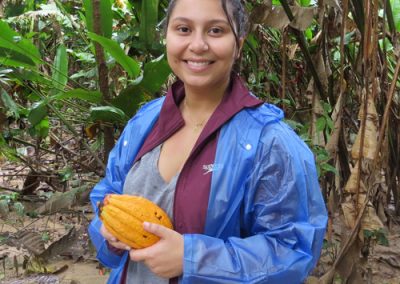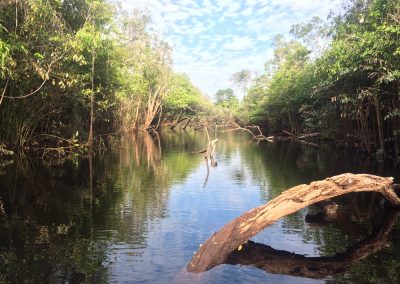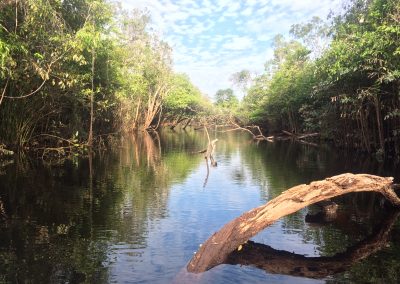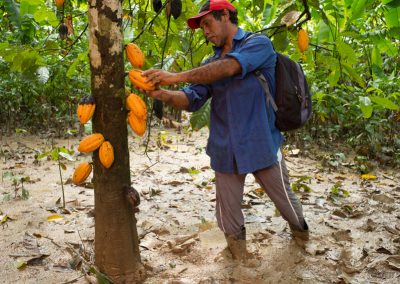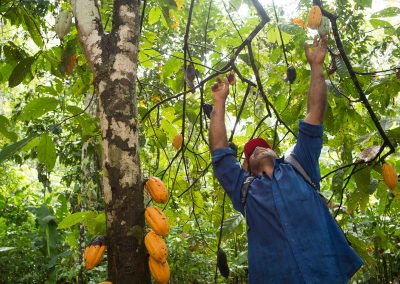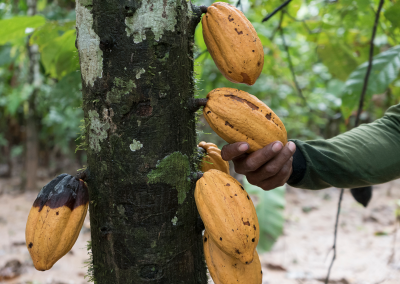Purús
from the Rio Purus, Brazil| Varietal / genotype | Purús |
| Grade | Wild Harvested |
| Origin | Rio Purús, Brazil, Boca do Acre, Arapixi Reserve, Maracaju |
| Harvester(s) | Cooperar |
| Characteristics | Tree Density: scattered Soil: prime alluvial / clay, among most fertile in entire Amazon Pod size / shape / shade / scent: small / bulbous with apex / yellow / sweet ‘n sour pulp – strong seed aroma Seed # / pod: 35-45 Weight: Lipid content: ~60% Flavor Profile: Spices / Herbs Historicity: Every bit as significant & historic in its own way as Cru Sauvage, Xoconuzco, & Mathale are in theirs for chocolate culture. A survivor-cacáo, for centuries, in the jungle teeming with bio-diversity, deep roots, vigor & taste… genuine heirloom. Also noteworthy for the intense color of its flowers, perhaps the most vivid of any cacáo. Due to the nature of collecting this cacáo, fermentation challenges abound: picking pods off wild indigenous trees, splitting them open to scoop out the seeds en baba (re: still surrounded by pulp) along the riverbanks, bagging the seeds in sacks, then paddling onward to the next set of trees. The whole journey can last… days. |
| Landmarked | 2017 |
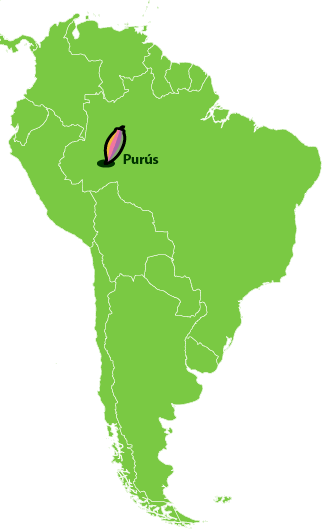
… descriptors that betray an alive dense jungle jam of flavors teeming with an indelible wild signature
The most rare & remote chocolate on Earth as of 2017.
Recovered from the ‘unknown unknown’ by the Cooperar harvesters & ace cacáo hunter Andre Banks deep in the Amazon jungle via canoe.
Like discovering a new planet in the solar system.
DNA tested, analyzed & certified. As genetically pure as cacáo gets. No cross-breeding, hybridization, or “hodge-pods”™ which typifies about 98.5% of the cacáo cultivated worldwide nowadays.
An original root varietal of a distinct & discrete genotype – Purús. So christened by its indigenous phytogeography: it flourishes wild along the banks of the Rio Purús.
A survivor-cacáo, for centuries, in jungle bursting with bio-diversity, deep roots, vigor & taste… genuine original heirloom. Also noteworthy for the intense color of its flowers, perhaps the most vivid of any cacáo.
Due to the nature of collecting this cacáo, fermentation challenges abound: picking pods off wild indigenous trees, splitting them open to scoop out the seeds en baba (re: still surrounded by pulp) along the riverbanks, bagging the seeds in sacks, then paddling onward to the next set of trees. The whole journey can last… days.
As one chocolate insider puts it: singular the taste… The notes direct & clear, but also arresting in just how unique they are compared to any other chocolate. Point blank: nothing else tastes like this. Even to the “died in the wool” aficionado, the flavor journey is completely new & uncharted… because that’s exactly where it comes from.
Here you can create the content that will be used within the module.


